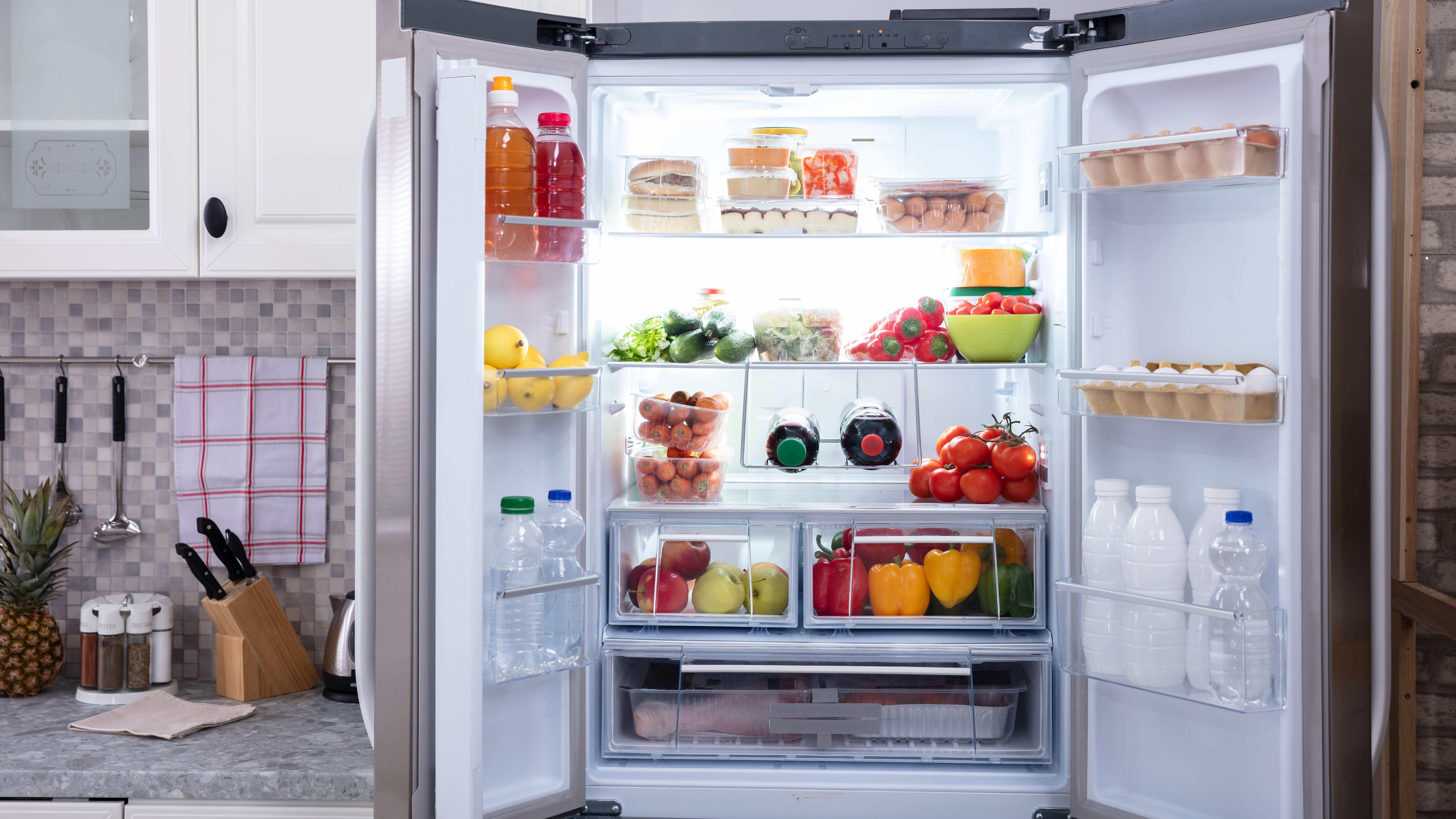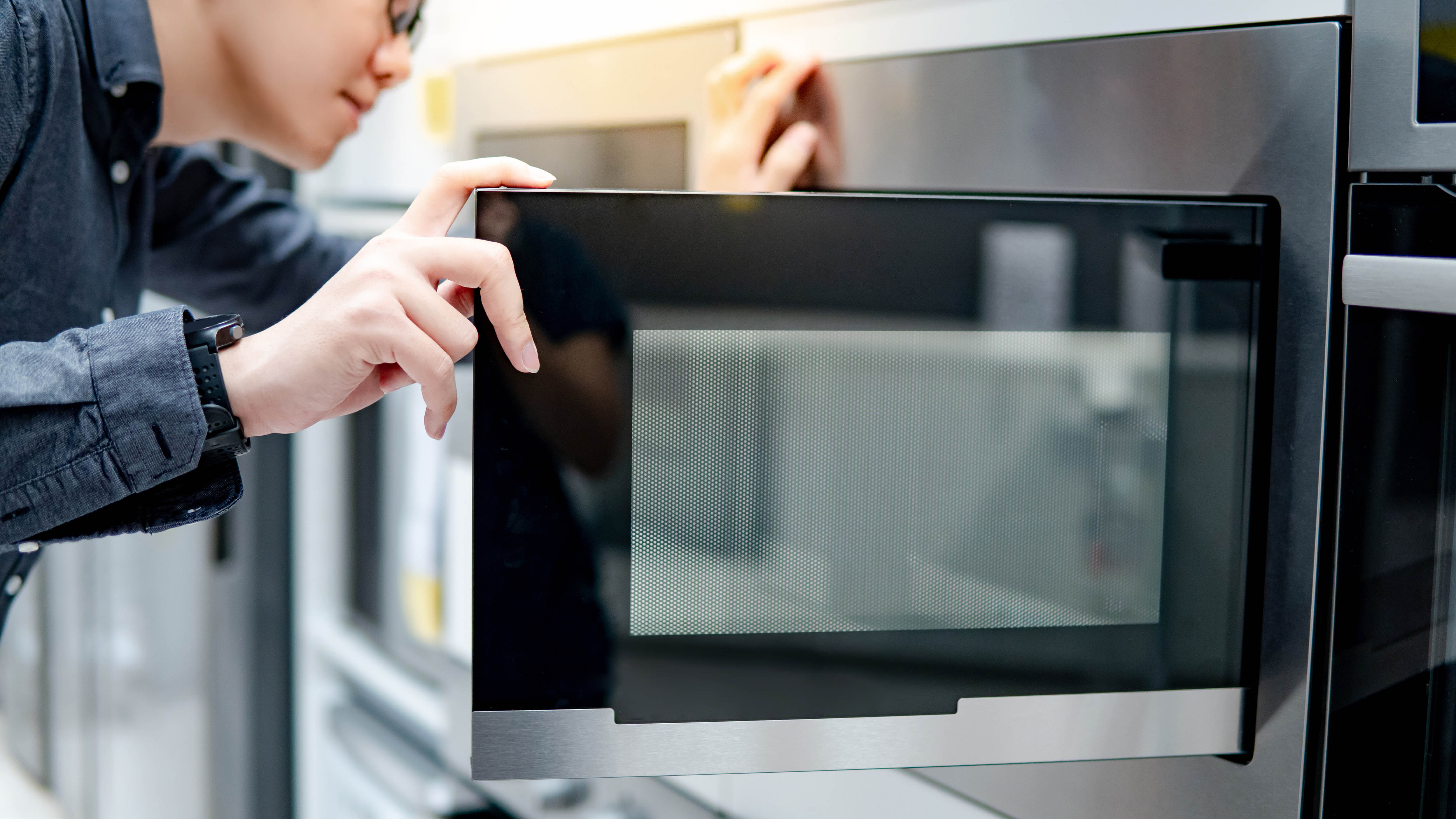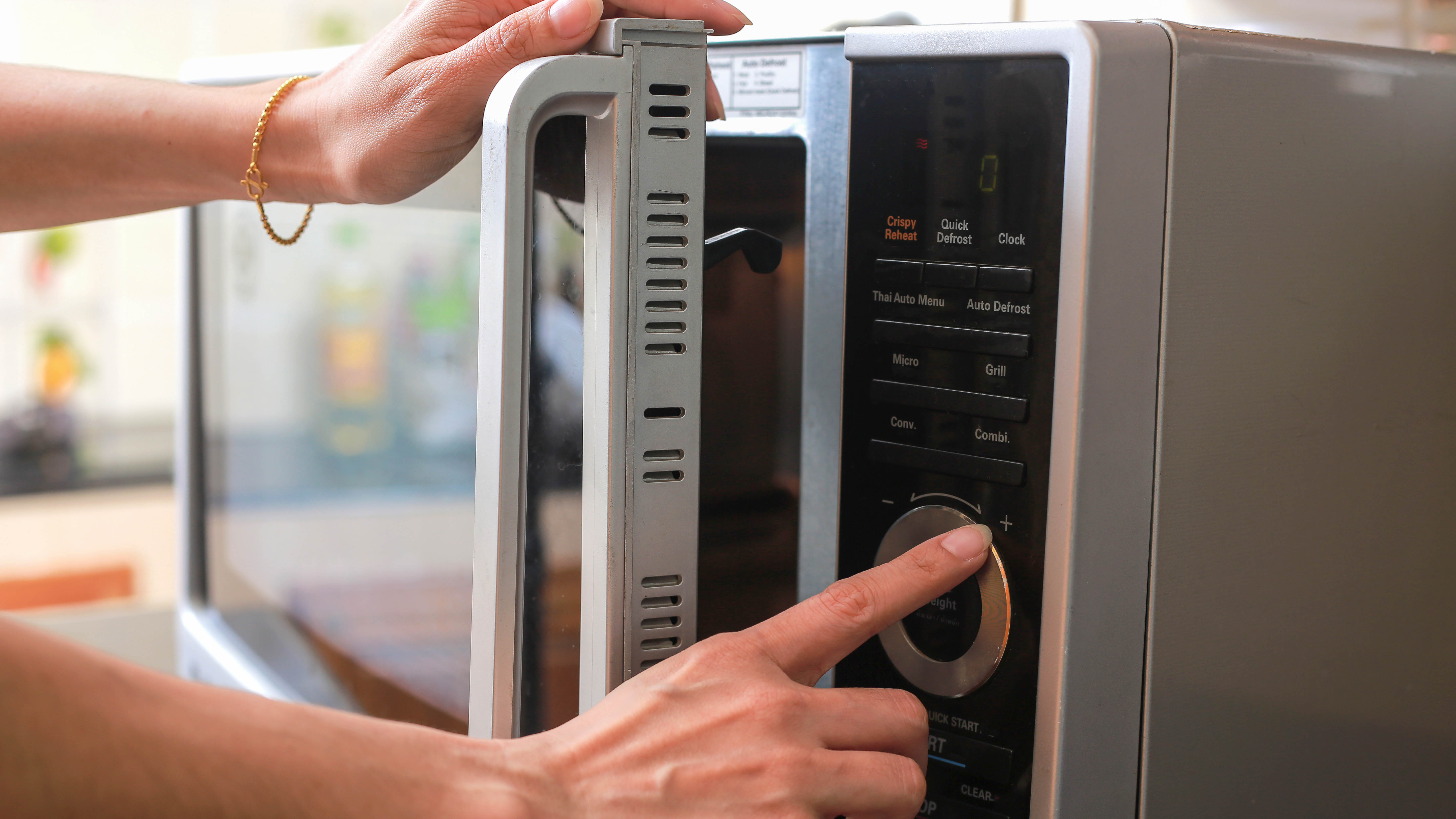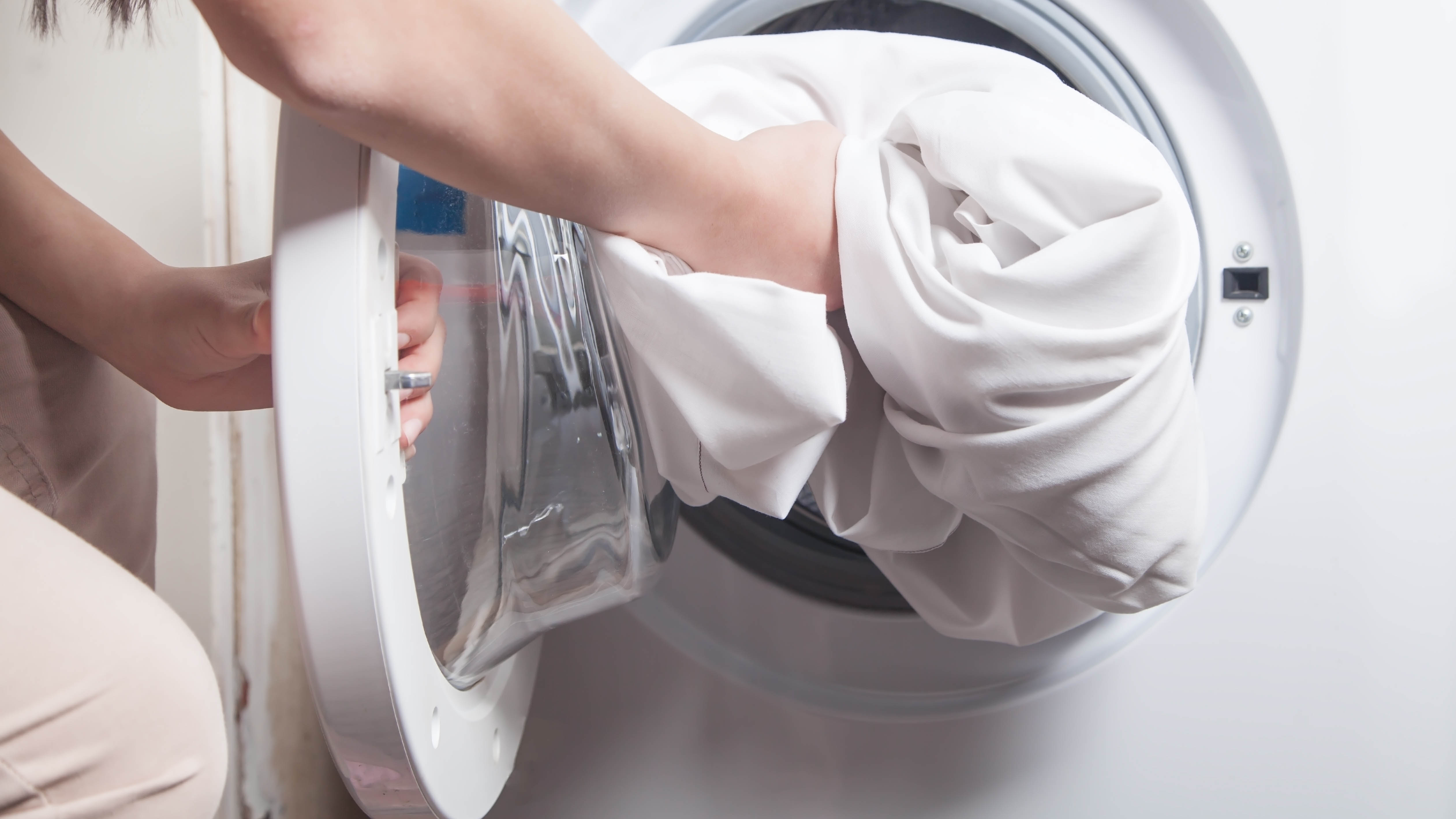7 kitchen appliance settings you should be using to make your life easier
You need to be using these home appliance settings

Our homes are full of useful appliances that make our lives easier, from cleaning clothes to heating up food. We use them frequently, if not daily, but are we using them in the most effective way? Common household appliances may seem pretty straightforward — just look at a washer-dryer, it’s all in the name.
Yet many of these items actually include really useful settings or features that we’ve overlooked. Sure, they get the job done, but they could be doing even more. Especially considering these appliances often cost a substantial amount, you want to make sure you’re maximizing their potential.
Identifying these hidden or underused features can have multiple benefits. Some settings will reduce your energy usage, which is better for the planet and your utility bill. Others will simply add convenience to your life, which can often be in short supply. If your appliances are a much older make then you may not be able to utilize every trick on this list — but then it’s something to keep in mind, should you ever decide to upgrade. Whichever new feature you discover, these are all things you can put into practice immediately, for immediate impact.
So don’t wait a second longer! Here are seven underrated features that will help you get the most value out of your household appliances:
Oven: Self-cleaning setting

Ovens are a powerhouse in the kitchen, but all that roasting and baking can leave behind a nightmare of oil and grease. While we don’t need to clean our ovens after every use, it’s recommended that they be cleaned every 3 months to reduce the chance of smoke or flavor contamination. If you cook a lot, then this cycle will be shorter.
Cleaning even the best ovens is never a fun task, but it can likely be a lot easier than you think. Many modern ovens now come with a useful “seal-cleaning” setting that deploys steam to soften and loosen any debris that has become stuck to the inside of your oven. Older models of oven may also include a self-cleaning feature, one that uses high temperatures of 800-900F to char debris into ash that can be easily wiped away.
While the high heat approach requires a few safety protocols (ensure good air ventilation and keep the area free of children or pets), both settings are useful ways to streamline the process of cleaning an oven. Rather than contorting yourself partly inside the oven, so that you can scrub away at stubborn stains, let these settings do the hard work for you. Once the cleaning cycle is completed, all you have to do is wipe away any residue. Just be sure that you remove any loose pieces of debris before you start the self-cleaning, to minimize smoke.
Get instant access to breaking news, the hottest reviews, great deals and helpful tips.
Washing machine: Delay start function

Laundry has to be one of the most time-consuming household chores, which can make it tricky to find the right window to do it. Once the washing cycle has completed, you need to remove the wet clothes quickly or turn on the dryer setting in a combination unit before they have a chance to mold.
However, you can work smarter and not harder with the best washing machines, thanks to one simple setting: the “delay start” feature. Say that you’ve found a good moment to sort your laundry and put it into the machine, but know you won’t be able to manage the wet items when the cycle is finished. By setting the machine to start at a later time, one more convenient for you, you can ensure that wet clothes won’t be stewing in the machine for hours unattended.
Another useful way to utilize the “delay start” function is if you are doing some last minute cleaning up before bed. You can load the machine before you go to sleep, but set it to run just before you wake up. When you wake, the clothes will be just ready to be dried and you won’t have lost any time. This is a great way for busy people to maximize the small pockets of time throughout the day; you don’t need to carve out 2-3 hours for the full wash and dry process, you just need to find 15 minutes to load and then make the cleaning schedule work for you.
Dishwasher: Eco-mode

Dishwashers are a mainstay of many kitchens, yet they use a lot of energy and water with every cycle. There are many ways to more efficiently pack and use any of the best dishwashers out there, but one of the simplest ways is also one of the most underutilized: your machine’s eco-mode setting. Eco-mode works by using a lower heat setting than regular cycles, as well as less water. Newer dishwasher models use specific algorithms to work out the most energy-efficient way to get your dishes clean, so that you aren’t simply running the machine for longer and canceling out your energy benefits. Using eco-mode could save between 20-30% energy and water usage.
That said, eco-mode shouldn’t be used every single time. Running a hotter cycle will help kill any bacteria in the appliance and ensure everything is clean and sterile. Additionally, if you have some particularly soiled dishes or need your dishes cleaned within a short period of time, you may want to run the default or quick-wash programs. However, for general use, eco-mode is a valuable way to save money and help the environment — all with the press of a button.
Fridge: Crisper humidity settings

Inside every fridge lies that mysterious drawer: the crisper. Some of the best refrigerators even have multiple crisper drawers. Unfortunately, many of these drawers also hold the same thing: rotting vegetables. While wilting lettuce can happen to anyone, there is an easy way to make your crisper work more effectively so that you can enjoy fresher produce for longer and without it going to waste. The trick is to monitor the specific humidity settings of your crisper drawer and adjust them to suit what you’re storing inside.
Crisper drawers work by controlling the flow of air into the container, so that the temperature and humidity remains consistent. Many fridges offer settings of high or low humidity so that airflow can be either restricted or encouraged to create the ideal conditions for storage. However, if you’re leaving the drawer at the default setting regardless of what’s inside, you’re probably not getting the best out of your produce.
For ethylene-sensitive items and produce prone to wilting, such as herbs, lettuce or cucumber, you’ll want to select high humidity. Choose low humidity for produce that rots quickly, such as avocados, peaches and apples.
Microwave: Lock function

The microwave is the unsung hero of many kitchens, so it’s no surprise that curious little ones may want to play with it. If you have young children in your kitchen, you don’t want to have to keep guard over the microwave — so it’s good news that you don’t have to.
Nearly every model of the best microwaves come with a special lock function so that you can have peace of mind at all times. This isn’t always obvious, however, as it may not come in the form of a button on the front control panel. Instead, you’ll want to review your instruction manual to find the lock code; it’s often a combination of numbers, for greater security.
This lock function is also useful if you know you’ll need to use the microwave for something later and don’t want to risk someone else getting into it beforehand.
Microwave: 50% power setting

Another microwave function that many people don’t take enough advantage of is the 50% power setting. While we may have learned in school how the microwaves inside these appliances work, many of us have forgotten exactly what’s going on inside the machine. This leads us to assume that 100% power will always be more effective than 50% power. However, this is simply not true.
Microwaves work by heating up water molecules on the surface of foods, so if you blast a dish of solid food at high power then you will likely just heat the outside of your food and the center will still be cold. By using 50% power, you give the microwave longer to work and time for the heat to penetrate through to the center of the food. This is particularly useful if you want to evenly heat whatever you’re putting in the microwave. Yes, it will take longer, but the results will be much more effective than if you’d used 100% power for half as long.
Washer / Dryer: Detachable, reversible doors

Sometimes, the most valuable feature isn’t a fancy new setting or complicated power technique, but a built-in design. Washers and dryers are bulky home appliances that often need to be put into whichever space is most convenient and available, rather than thoughtfully designed around. This can create problems if the only free space means that the washing machine door is constantly opening into a wall or cabinet – but does it have to? It turns out that the vast majority of washers and dryers are designed with detachable, reversible doors so that users can adjust the door to suit their specific needs.
Rather than wrestling with an appliance door that is constantly whacking against another surface and possibly causing damage, you can simply flip the door around so that it opens from the other side. This is the kind of easy change that takes 30 seconds to make, yet reaps rewards for years afterwards. And if you ever do move the machine to a new location and need to swap the door back, then you can do that with no problem.
Check out our pick of the best washing machines right here.
More from Tom's Guide
- I test appliances for a living — here are my top oven tips
- 10 things you should never cook in an Instant Pot
- 7 things to look for when buying a dishwasher

Despite making her home in urban metropolises, Madeleine Streets has been nurturing a green thumb for decades.
Raised by a garden designer, she is putting that childhood education to use by helping others learn how to make their garden bloom, while filling her own New York home with cat-friendly plants.
When not writing about gardening and the outdoors, Madeleine loves to cook, study wine and borrow books from her local library.
